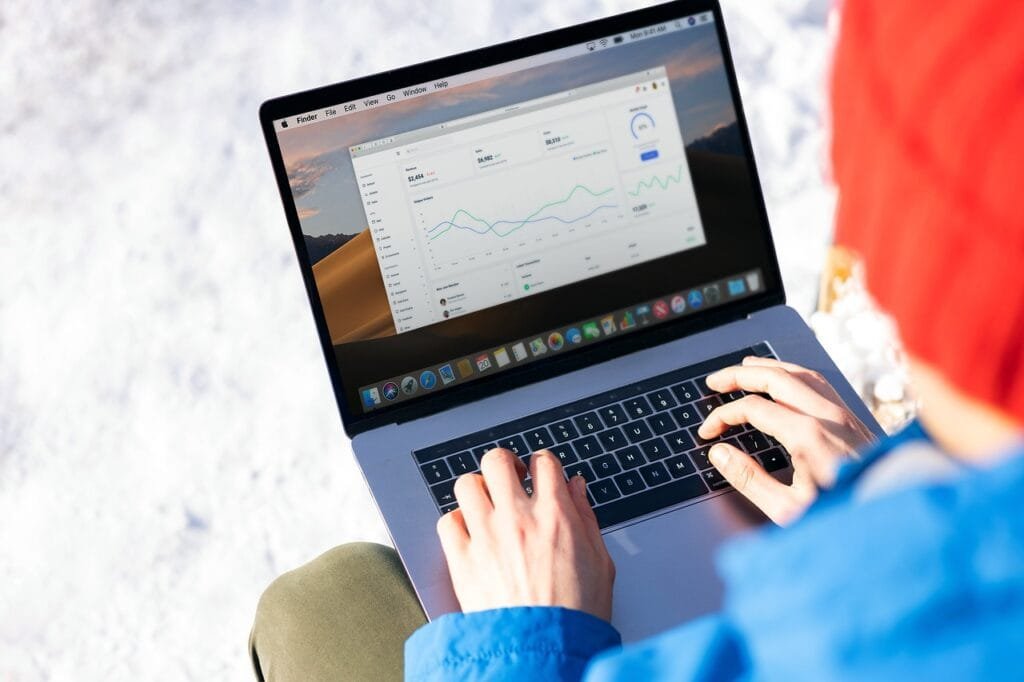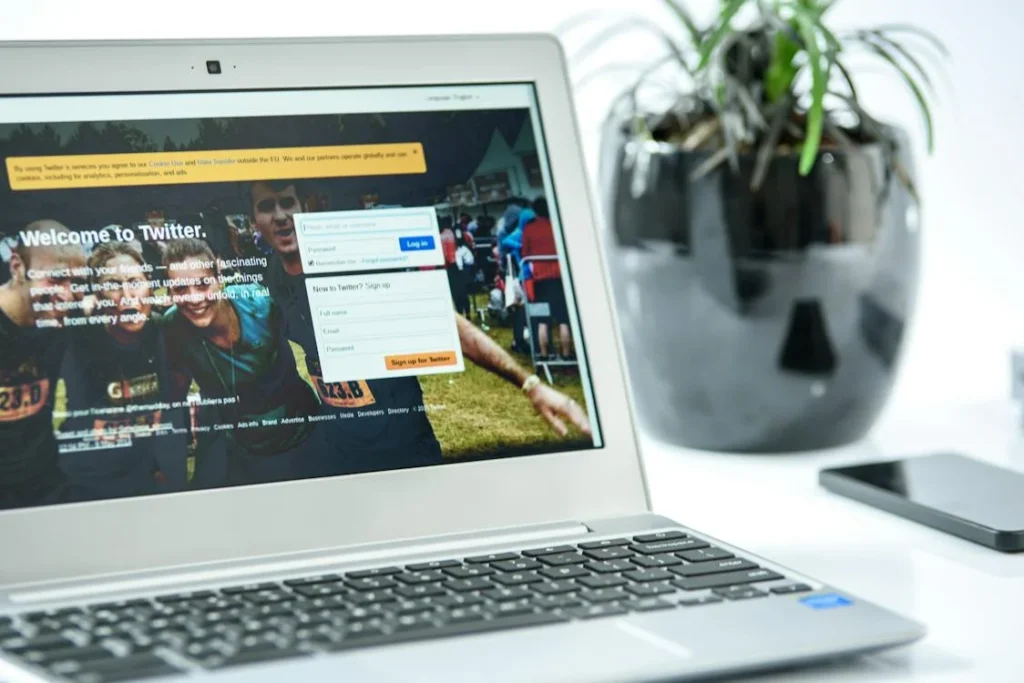In a sea of startups, every innovative idea deserves its moment in the spotlight. We’ve handpicked and analyzed your website, offering free marketing insights, as our way to nurture the next big thing. We’re passionate about partnering with startups like yours.
If you find our insights valuable, and would like to discuss it further, feel free to schedule a call.
Startups with VC-funding of $1-20 Million can request their own marketing plan too.
In order to reach this goal, a single four-pronged strategy is what would be needed. Here’s what we suggest –
#1. On-Page SEO Plan for Bezi
Bezi has blog articles that can be considerably improved upon. As Bezi starts to scale, it needs to focus more on inbound marketing and it also needs to come off as a thought-leader in the space.
The current articles are too short, have no internal links and are poorly formatted.
As such, we recommend that you try and scale up your content to 1000 in the shortest possible time.
Here is a list of 100 blog post title suggestions along with relevant keywords that you can use to fix it. You can create it pretty fast if you use AI along with content editors (but take care, the articles have to be carefully optimized to improve readability and more importantly, insert internal links for faster indexing by Google) –
- “The Essentials of Spatial Design for Virtual Environments”
- “How to Transition from 2D to 3D Design: A Beginner’s Guide”
- “Prototyping in AR: Tools and Techniques for Designers”
- “Mastering Real-Time Collaboration in 3D Design”
- “Creating Interactive 3D Scenes for Web Integration”
- “3D Design Simplified: From No Code to Pro”
- “Exploring the Impact of VR on Modern Design Workflows”
- “Why Mobile AR is the Future of User Experience Design”
- “A Designer’s Guide to Building Immersive AR/VR Prototypes”
- “The Rise of Spatial Canvas in Collaborative 3D Design”
- “Cross-Platform 3D Prototyping: Best Practices and Tips”
- “How to Use State Machines for Interactive 3D Designs”
- “The Power of Timeline Features in 3D Prototyping”
- “Maximizing Your VR Headset for Professional Design”
- “Command Center: Streamlining 3D Design with Efficient Commands”
- “Incorporating Figma Frames into Your 3D Design Process”
- “Utilizing Material Imports to Enhance 3D Models”
- “Leveraging Components for Efficient 3D Design”
- “Organizing Team Folders and Libraries for Collaborative Design”
- “Setting Up Cameras in 3D Scenes for Dynamic Views”
- “The Benefits of Embedding 3D Prototypes on Your Website”
- “The Designer’s Intro to Mobile AR Prototyping”
- “Navigating the 3D Prototyping Landscape: A Comprehensive Overview”
- “From Sketch to Spatial: Evolving Your Design Skills”
- “The Importance of Feedback: Commenting in 3D Design Tools”
- “Advancing Your Design Career with AR/VR Skills”
- “The Designer’s Roadmap to Creating AR/VR Experiences”
- “Building for the Third Dimension: A New Paradigm in Design”
- “Transforming User Interactions with 3D Prototyping”
- “The Future of Product Design in the Age of AR and VR”
- “Crafting Immersive Experiences with Mobile AR Prototyping”
- “How 3D Prototyping Can Revolutionize Your Design Process”
- “Bringing Your Designs to Life with Real-Time Collaboration”
- “A Guide to Importing and Optimizing 3D Models for Web Use”
- “Demystifying the 3D Design Process for Traditional Designers”
- “Enhancing User Engagement Through Interactive 3D Prototypes”
- “The Designer’s Toolkit for Next-Generation AR/VR Experiences”
- “Streamlining Your Design Process with Efficient 3D Prototyping Tools”
- “Crafting Storyboards in the Age of Spatial Design”
- “Adapting User Personas for 3D and Immersive Environments”
- “Creating Cohesive Narratives in 3D User Experience Design”
- “Designing for Diversity: Inclusivity in 3D and AR/VR Spaces”
- “The Growing Role of 3D Prototyping in User Experience Research”
- “Designing Beyond Screens: The New Frontier of 3D Prototyping”
- “Optimizing 3D Prototypes for Cross-Platform Compatibility”
- “Understanding User Behavior in Immersive 3D Environments”
- “3D Design for Non-Designers: Getting Started with Spatial Prototyping”
- “Building Virtual Reality Experiences: A Guide for UX/UI Designers”
- “The Impact of Augmented Reality on Mobile Design Standards”
- “A Deep Dive into 3D Design and Prototyping for AR/VR”
- “Elevating Brand Experiences with 3D and AR/VR Prototyping”
- “Creating Compelling 3D Content for Marketing and Branding”
- “Transitioning from UX to 3D UX: What You Need to Know”
- “Collaboration in the Metaverse: Tools for Remote 3D Design Teams”
- “The Ultimate Guide to 3D Modeling for Augmented Reality”
- “Leveraging 3D Prototyping for Enhanced User Testing”
- “The Convergence of Design and Development in the AR/VR Space”
- “Real-Time Design: The Power of Instantaneous 3D Prototyping”
- “Developing 3D Prototypes for Educational Purposes”
- “The Designer’s Perspective on the Evolution of 3D Prototyping Tools”
- “Navigating the Challenges of 3D Design and User Experience”
- “The Importance of Prototyping in the Product Development Lifecycle”
- “A Beginner’s Guide to Designing for Virtual Reality”
- “The Future of Interactive Design: Trends in AR and VR”
- “From Concept to Prototype: 3D Design for Entrepreneurs”
- “The Intersection of Art and Technology in 3D Prototyping”
- “The Role of 3D Design in Shaping Future Technologies”
- “3D Prototyping for Healthcare: Designing for a Better Tomorrow”
- “Integrating 3D Prototypes into Your Business Strategy”
- “The Designer’s Guide to Realistic Texturing in 3D Models”
- “Creating Accessible and Inclusive Designs in AR/VR”
- “The New Wave of 3D Design: Opportunities and Limitations”
- “From Pixels to Polygons: The Shift to 3D Design Thinking”
- “The Synergy of 3D Prototyping and User-Centered Design”
- “Empowering Designers: The Rise of Code-Free 3D Prototyping Tools”
- “The Psychology of 3D Design: How Users Perceive Spatial Environments”
- “3D Prototyping in Education: Creating Immersive Learning Experiences”
- “The Role of Sound Design in 3D and Immersive Environments”
- “The Ethics of Design in Virtual and Augmented Reality”
- “Combining Traditional Design Principles with 3D Prototyping”
- “The Impact of Lighting and Shadows in 3D Design”
- “Designing for Emotional Impact in VR and AR”
- “User Flow in Three Dimensions: Planning for AR/VR Interfaces”
- “The Importance of Iteration in the 3D Design Process”
- “Exploring Spatial Awareness in User Interface Design”
- “The Evolution of Wireframing for 3D and Immersive Spaces”
- “Designing for Different Realities: Considerations for AR and VR”
- “The Power of Prototyping: From VR Game Design to Enterprise Applications”
- “The Role of Haptics in Designing Intuitive 3D Interfaces”
- “Augmenting Reality: The Designer’s Guide to AR Tools and Techniques”
- “Understanding the Limitations of 3D Prototyping and How to Overcome Them”
- “The Importance of Color Theory in 3D Design”
- “Spatial Design: Blending Physical and Digital User Experiences”
- “The Role of 3D Prototyping in Building Immersive Brand Stories”
- “Designing for the Future: How 3D Prototyping is Shaping Innovation”
- “The New Norm: Remote Collaboration in the 3D Design Process”
- “The Art of 3D Prototyping: Techniques for Realistic Environments”
- “Designing for Spatial Interfaces: Best Practices and Guidelines”
- “Enhancing User Interaction with 3D Prototyping Tools”
- “Virtual Reality Design: Crafting Worlds Beyond the Screen”
#2. Off-page SEO Plan for Bezi
Bezi has a low Domain Authority and Domain Rating. It’s Ahrefs’ DR is 2.7.
We suggest reaching out to blogs in the industry, asking to guest post. With the influx of GPT4 and other content marketing software, most blogs are not too agreeable to this suggestion, so you may need to keep some marketing budget aside for payments for backlink insertions and guest post placements.
However, you should hire a seasoned SEO guy for this as you don’t want to get backlinks from the wrong websites, as that can harm your website by adding to its spam score.
Here’s a list of 50 high quality and relevant blogs in your niche that you should try to guest post at:
- TechCrunch
- Wired
- Gizmodo
- Engadget
- CNET
- The Verge
- Digital Trends
- Ars Technica
- Mashable
- Android Authority
- 9to5Mac
- MacRumors
- 9to5Google
- Tom’s Guide
- ZDNet
- PCMag
- TechRadar
- VentureBeat
- The Next Web
- Android Central
- Pocket-lint
- SlashGear
- GeekWire
- Droid Life
- AnandTech
- PhoneArena
- Ubergizmo
- MobileSyrup
- iMore
- BGR
- Phandroid
- The Gadget Flow
- Liliputing
- The Gadgets 360
- Cool Hunting
- Android Police
- Fossbytes
- MakeUseOf
- BetaNews
- NotebookCheck
- XDA Developers
- Techaeris
- The Tech Report
- Softpedia News
- GSM Arena
- Android Headlines
- T3
- Recode
- Unbox Therapy
- How-To Geek

Related: Check out our free SEO suite

#3. Social Media Marketing Plan for Bezi
If traffic, leads and revenue is your goal, we would advise you keep it simple.
We would suggest focusing on two main social platforms for starting out, which are Twitter and Facebook. We believe in keeping your marketing focused so as to deliver the highest returns.
The reason why we stress on these two platforms are simple –
- Facebook’s organic reach is very low, but having a decent following up there, helps add to your credibility. Running some ads can get you a sizeable following quite fast and cheap. Further, you can drive the followers into a group, in which, you will have a strong reach and be able to use your group participants for additional marketing requirements.
- Twitter can help add to your credibility. With Twitter’s recent partnership with Google, it looks like a great platform that can deliver amazing long-run results to your business.
#4. Conversion Optimization Plan for Bezi
At the end of the day, it is not the traffic or followers that matter, but the conversions and leads.
That’s why, once you get the first three plans up and running and start getting a decent amount of traffic, you can switch up to the following plan.
To implement this perfectly, you need to ensure that you are getting a decent amount of traffic from the above plans and you have at least 2000 followers in Facebook and Twitter (total).
Plus, you should have lead magnets throughout your website and on the sidebar of your blog articles.
If that’s done, you should optimize the lead magnets and the sidebars to go to a webinar in your niche, wherein you teach your audience about your expertise. That can create an amazing funnel whereby you can convert a good percentage of the attendees into your paying customers. Running ads on this can help supercharge the effort as well.
Having a decent marketing agency aiding you in this process would be even more beneficial as that can ensure you have a decent conversion rate, otherwise you risk burning through your ad money and traffic value.
Would You Like us to help take Bezi’s Traffic to 100k and beyond?
What we showed you was just the basics. But of course, a plan is only as good as it’s execution. So, you could execute all of this yourself, or you could count on us to do it as well.
We could do so much more, such as-
- Reverse HARO and get experts to share their thoughts with us for Bezi’s blog,
- Run ads and grow your Facebook page and convert them into your Facebook group members,
- Use Javascript code to massively boost your twitter presence,
- Create leads for capture and boost your inbound marketing.
You can reach me directly by filling out this form in the sidebar or schedule a meeting here. You don’t need to pay anything for the meeting. Worst case: you learn something that you can implement for your startup’s marketing at 0 cost!
At WinSavvy, we manage everything, from digital marketing strategy formulation to execution, ensuring you can focus on what you do best – running your startup. We also provide weekly updates and I am personally available as a dedicated point of contact for any of your queries.
Best regards,
Adhip Ray
Founder, WinSavvy






















Comments are closed.